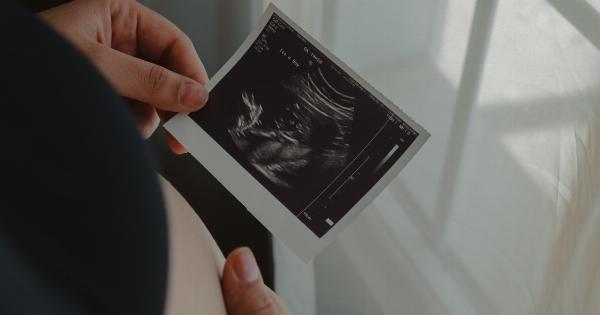Cerebral Palsy (CP) is a neurological disorder which affects muscle function and body movement. CP can affect people of all ages, but usually appears in infancy or early childhood, before the age of three.
People with CP can have varying degrees of physical disability, from minor muscle control difficulties to severe mobility issues and full-time palliative care requirements. The severity of CP can vary depending on the individual, and there are many factors which can affect the degree of disability, including the part of the brain affected and the type of CP diagnosis.
What Causes Cerebral Palsy?
Cerebral palsy is a condition which is generally caused by damage to the brain, either pre-birth, during birth, or shortly after. There are many factors which can contribute to the development of CP, and in some cases an exact cause may not be known.
Generally, damage to the brain which affects muscle control and movement is the root cause of CP.
Genetics and Cerebral Palsy
While in many cases the cause of CP is unknown, some cases can be attributed to genetic factors. Studies have shown that there is an increased likelihood of a child developing CP if they have a sibling with the condition, which suggests a genetic link.
One study found that a particular genetic mutation was present in around 30% of CP cases, and this mutation affected a gene which plays a role in controlling the growth and development of the brain.
This research suggests that there may be a link between genetics and the development of CP in some cases.
Other Factors Contributing to CP
While genetics may play a role in some cases of cerebral palsy, there are other factors which can also contribute to the development of the condition. These include:.
- Premature birth
- Birth complications, such as oxygen deprivation
- Brain infections or injuries acquired after birth
It is important to note that not all cases of CP can be attributed to genetics, and that many other factors can play a role in the development of the disorder.
Diagnosing CP
The diagnosis of cerebral palsy will generally involve a series of physical and developmental tests, as well as information about the child’s medical history.
A diagnosis of CP can be difficult to make, particularly in young infants, as symptoms may not be present or easily identifiable.
Doctors may use a range of tests to determine the presence and extent of CP, including:.
- Brain scans, such as MRI or CT scans, to look for brain damage or abnormalities
- Physical assessments, such as muscle tone and reflex tests
- Developmental assessments, to look for delays or abnormalities in growth and development
A diagnosis of CP can be a challenging and emotional time for families, and it is important to seek support and advice from medical professionals and support networks.
Treatment for CP
There is currently no cure for cerebral palsy, and treatment will generally be focused on managing symptoms and improving quality of life. Treatment plans will vary depending on the individual and the severity of their CP, and may include:.
- Physiotherapy and occupational therapy to improve mobility and muscle function
- Surgical interventions to improve range of motion and reduce pain
- Medications to manage symptoms such as spasms or seizures
- Assistive technology and devices such as braces, crutches or wheelchairs
The goals of treatment for cerebral palsy will be to improve quality of life, manage symptoms and maximise independence and mobility.
Genetic Counselling and CP
If a genetic link to cerebral palsy is suspected, families may be referred to a genetics specialist or genetic counsellor.
These experts can provide advice on the risks and likelihood of siblings or other family members developing CP, and can provide support and guidance on reproductive options.
Genetic counselling may be recommended for families who have a history of CP or other genetic conditions, or who have had a child with CP.
Counselling can help families to understand the risks and potential causes of CP, and can provide advice on reproductive options such as pre-implantation genetic diagnosis (PGD) or prenatal testing.
Conclusion
Cerebral palsy is a complex and challenging condition which can have a significant impact on individuals and families. While the causes of CP are complex and varied, genetic factors may play a role in some cases.
Understanding the genetic roots of CP can help to provide families with the knowledge and resources they need to manage the condition and plan for the future.





























